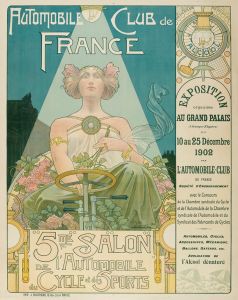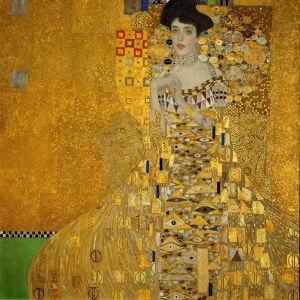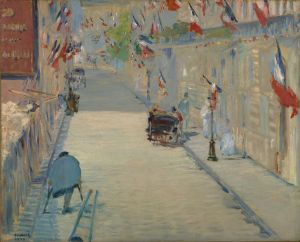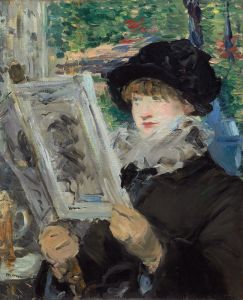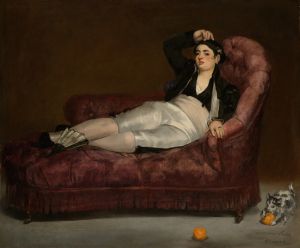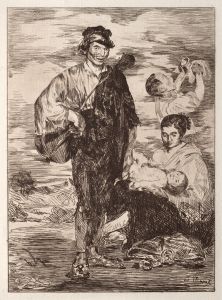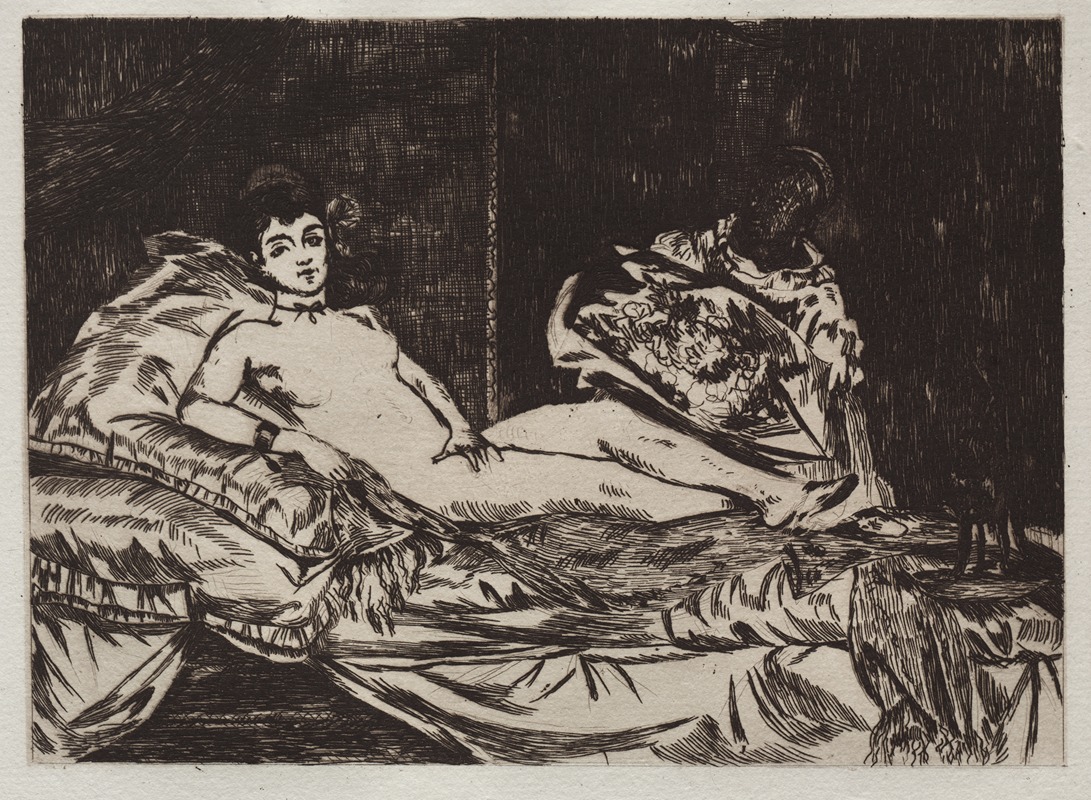
Olympia
A hand-painted replica of Édouard Manet’s masterpiece Olympia, meticulously crafted by professional artists to capture the true essence of the original. Each piece is created with museum-quality canvas and rare mineral pigments, carefully painted by experienced artists with delicate brushstrokes and rich, layered colors to perfectly recreate the texture of the original artwork. Unlike machine-printed reproductions, this hand-painted version brings the painting to life, infused with the artist’s emotions and skill in every stroke. Whether for personal collection or home decoration, it instantly elevates the artistic atmosphere of any space.
"Olympia" is a renowned painting by the French artist Édouard Manet, completed in 1863. It is considered one of the pivotal works in the transition from Realism to Impressionism and is notable for its modern depiction of the nude female form. The painting measures 130.5 cm by 190 cm and is housed in the Musée d'Orsay in Paris.
The subject of "Olympia" is a nude woman reclining on a bed, attended by a black maid who presents her with a bouquet of flowers. The central figure, Olympia, gazes directly at the viewer with an assertive and unapologetic expression. She is adorned with a black ribbon around her neck, a bracelet, an orchid in her hair, and slippers, which contrast with her otherwise nude form. The painting's background is dark, which further emphasizes the figure's pale skin.
Manet drew inspiration for "Olympia" from various sources, most notably Titian's "Venus of Urbino" (1538). However, unlike Titian's idealized depiction of Venus, Manet's Olympia is portrayed with a sense of realism and modernity that was unconventional for the time. The model for Olympia was Victorine Meurent, a frequent subject in Manet's works, who was known for her distinctive features and confident demeanor.
Upon its exhibition at the 1865 Paris Salon, "Olympia" caused a significant scandal. The painting's candid portrayal of a nude woman, presumed to be a courtesan, challenged the traditional representations of female nudes in art. Critics and the public were shocked by Olympia's confrontational gaze and the suggestion of her sexuality, which was accentuated by the presence of the maid and the bouquet, possibly gifts from a suitor. The stark realism and lack of mythological context were seen as a direct affront to the established norms of the art world.
Despite the initial controversy, "Olympia" played a crucial role in the development of modern art. It influenced a generation of artists who sought to break away from academic conventions and explore new themes and techniques. The painting is often cited as a precursor to the Impressionist movement, with its emphasis on contemporary subjects and its bold use of color and composition.
In the years following its debut, "Olympia" gained recognition as a masterpiece of 19th-century art. It has been the subject of extensive analysis and interpretation, with scholars examining its social, cultural, and artistic implications. Today, "Olympia" is celebrated for its innovative approach and its impact on the trajectory of modern art. The painting remains a focal point of study and admiration, reflecting Manet's enduring legacy as a pioneer of modernism.






